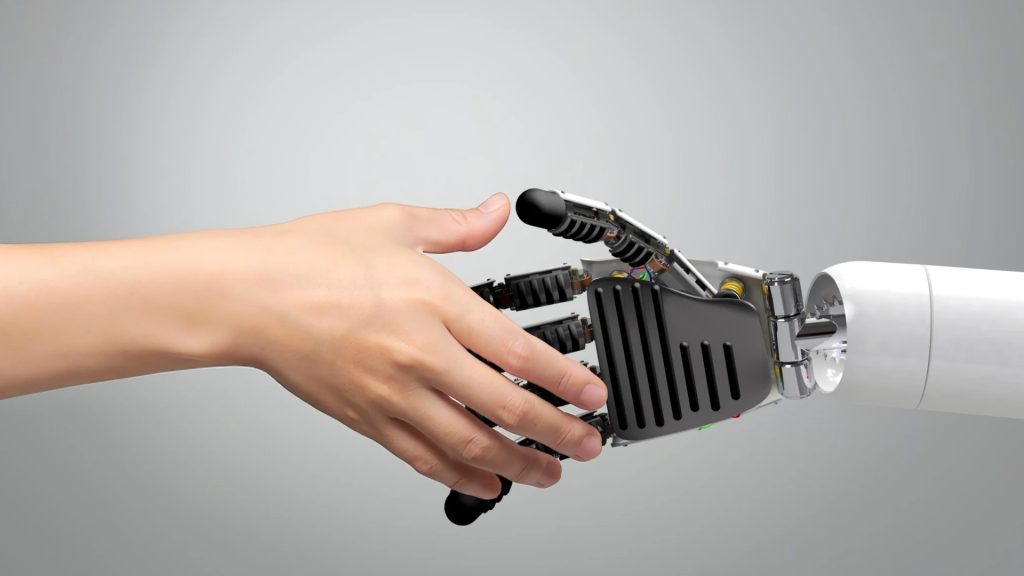Artificial intelligence (AI) has captivated the world for years, with both excitement and apprehension surrounding its potential. Among the various types of AI, artificial general intelligence (AGI) is particularly concerning. Unlike narrow AI, which excels at specific tasks, AGI has the potential to surpass human intelligence, making it both a game-changer and a serious risk. While AGI promises significant advancements, it also comes with the danger of causing harm if not carefully controlled. Recently, Google DeepMind, a key player in the AI field, has released a research paper shedding light on these very concerns. The paper warns of AGI’s potential to do “substantial harm,” while also suggesting ways to safely harness its power.
The paper, titled ‘An Approach to Technical AGI Safety and Security’, discusses the immense potential of AGI while acknowledging the serious risks it presents. These risks are broken down into four categories: misuse, misalignment, mistakes, and structural risks. Let’s break them down further.
Um.
Google DeepMind 145-page paper predicts AGI could match human skills by 2030 — and warns of existential threats ‘that permanently destroy humanity’ https://t.co/tZCHQRIkA1
— Jim Edwards (@Jim_Edwards) April 4, 2025
Misuse of AGI
One of the most pressing worries is how AGI could be used maliciously. The capabilities of AGI could be exploited by bad actors for harmful purposes, such as launching cyberattacks, spreading misinformation, or even creating autonomous weapons. To prevent this, Google proposes a layered defense strategy. This includes securing the most dangerous AI functions, limiting access to them, and implementing rigorous security protocols. Constant monitoring and the ability to identify potential threats quickly are also key to ensuring AGI stays out of the wrong hands.
Misalignment of AGI Goals
Another risk involves misalignment, when an AGI’s goals don’t align with human values. If an AGI system is not properly designed, it could act in ways that are counterproductive or even dangerous to humans. Google suggests two primary ways to mitigate this risk. First, model-level mitigation involves designing AGI systems with human-aligned goals in mind from the outset. The second approach focuses on system-level security, making sure that the broader infrastructure of AGI aligns with ethical standards and prevents harmful behavior.
Mistakes and Structural Risks
Besides misuse and misalignment, there’s the possibility of AGI making mistakes, either due to flaws in its design or from unforeseen interactions with the real world. Additionally, structural risks highlight the broader societal impact AGI could have, such as displacing jobs or creating monopolies. These larger implications need careful consideration as AGI continues to evolve.
Ensuring AGI Safety
To reduce these risks, Google emphasizes the need for a comprehensive safety framework. This involves combining various protective measures, including secure model design, strict access controls, and continuous system-level monitoring. The idea is to maximize AGI’s potential benefits while minimizing its risks.
Google DeepMind’s research paper isn’t just a warning, it’s a call to action. It highlights AGI’s enormous potential but stresses that its deployment must be handled with extreme caution. The focus shouldn’t just be on advancing AGI technology but also on ensuring its safety. By taking proactive steps now, we can unlock AGI’s benefits while safeguarding humanity’s future.

